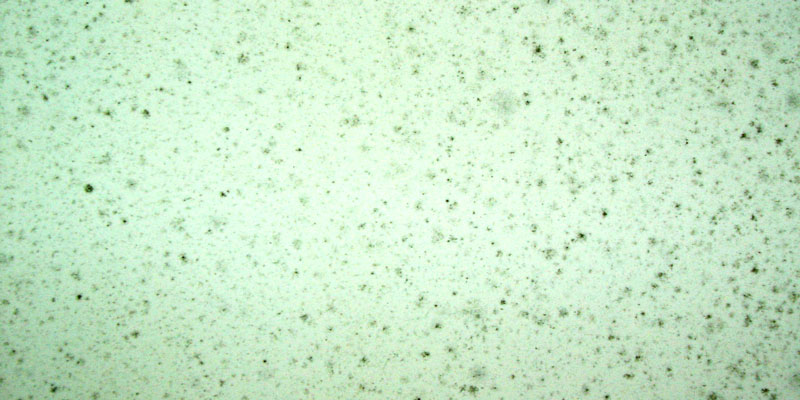Prevent Mildew from Surfaces to Avoid Growing Disaster
Spring has arrived and with it also several months of rain. While that heavy rainfall is good for grass and vegetation, it can also make your exterior surfaces magnets for mildew. Mildew seems like a small problem. At first it may be nothing more than a few unsightly spots. Eventually it can become a major issue that can lead to health problems for you and your loved ones, like respiratory difficulties, headaches, fatigue, and possibly mood changes. Mildew can also damage your landscaping, as well as any previous paint jobs, causing paint to lose its adhesiveness. While there are many ways to eliminate mildew, the best is always prevention.

So how do you prevent mildew from forming on your exterior surfaces? To properly answer that question, you need to have a firm understanding of what causes mildew in the first place. Mildew is formed on damp surfaces or surfaces that do not receive much light. If there is a surface on your home that does not get very much sunlight or may be subject to heavy rain exposure, it would be the best candidate for mildew to grow. Mildew will appear as a spotty, black or brown stained surface. To check and see if it is mildew and not dirt, apply a few drops of bleach. If the stain starts to disappear, then it is mildew. The good news is that mildew is not difficult to remove.
Mildew is not caused by paint, but it can grow on paint. That is why you will need to initially use the right paint that will not "feed" any spores that may be present. The best paint is one that contains few nutrients for mildew to feed on such as an acrylic latex paint. These paints are usually the most resistant to mildew and should help to prevent mildew from forming or, at the very least, keep it from spreading. You may also want to consider a dark colored paint. Darker colors dry quicker than lighter colors and the lack of moisture will hinder the growth of mildew.
If you do not want to paint over the suspected surface, you may also wash it with a solution made of 1 cup of bleach and 2 cups of water. Since bleach is a natural stain remover, it will effectively remove mildew from your exterior surface. If you are treating a painted surface, use only ¼ cup of bleach in your formula. This will still remove any mildew, but it will also be less harsh on your paint.
Mildew is a problem that starts out small but can escalate quickly to mold, rot, and more. However, if mildew is taken care of early on, it can easily be managed. If you would like to learn more about preventing mildew or have one of our professionals come by and inspect your home, contact us today.
About the author
Chase DeRousse is the Vice President of Painting at Major Painting and strives to deliver quality craftsmanship coupled with superior customer service, creating a unique and pleasant experience for all Major Painting customers, no matter the size of the project. Chase also holds an active Class A General Contracting License.
Chase has won multiple accolades recognizing his leadership and excellence in the painting industry including awards from the Painting Contractor Association (PCA), Business Owners and Managers Association (BOMA), and Institute of Real Estate Management (IREM).